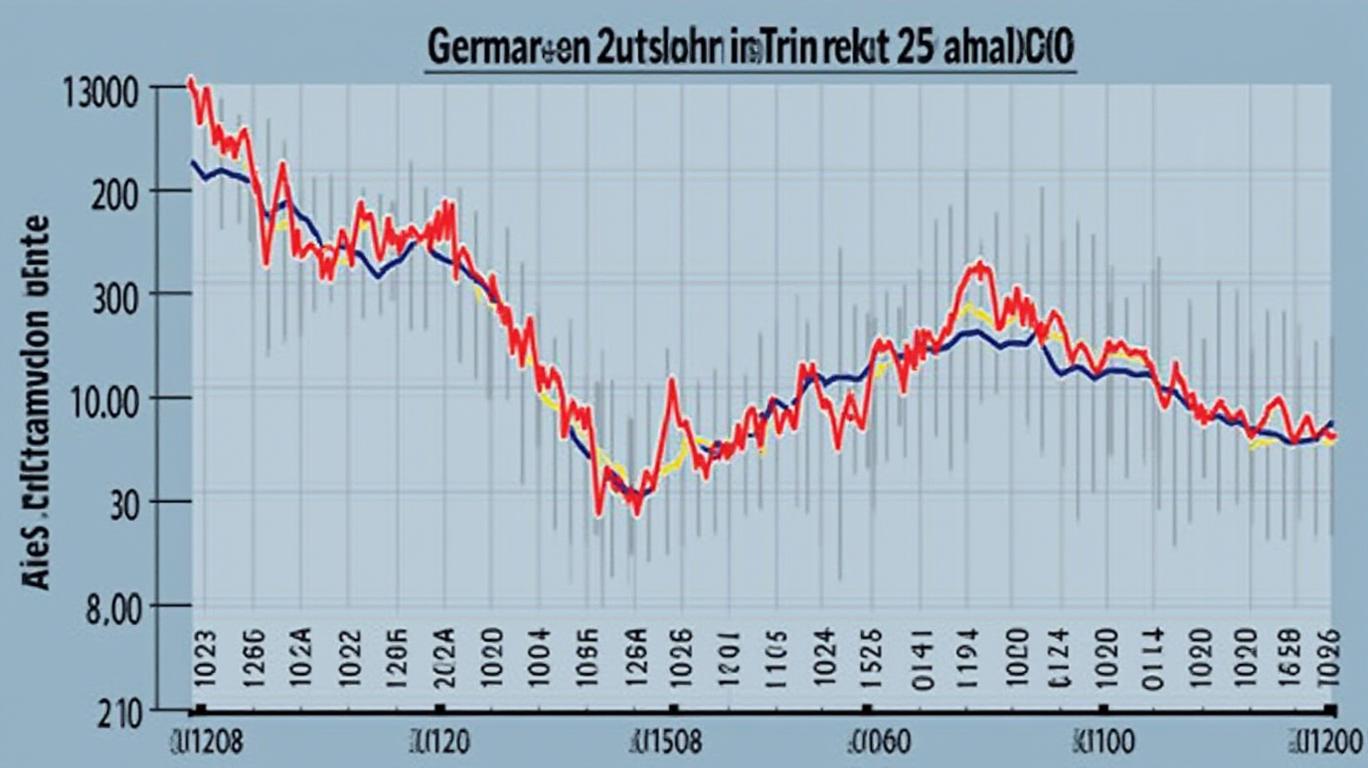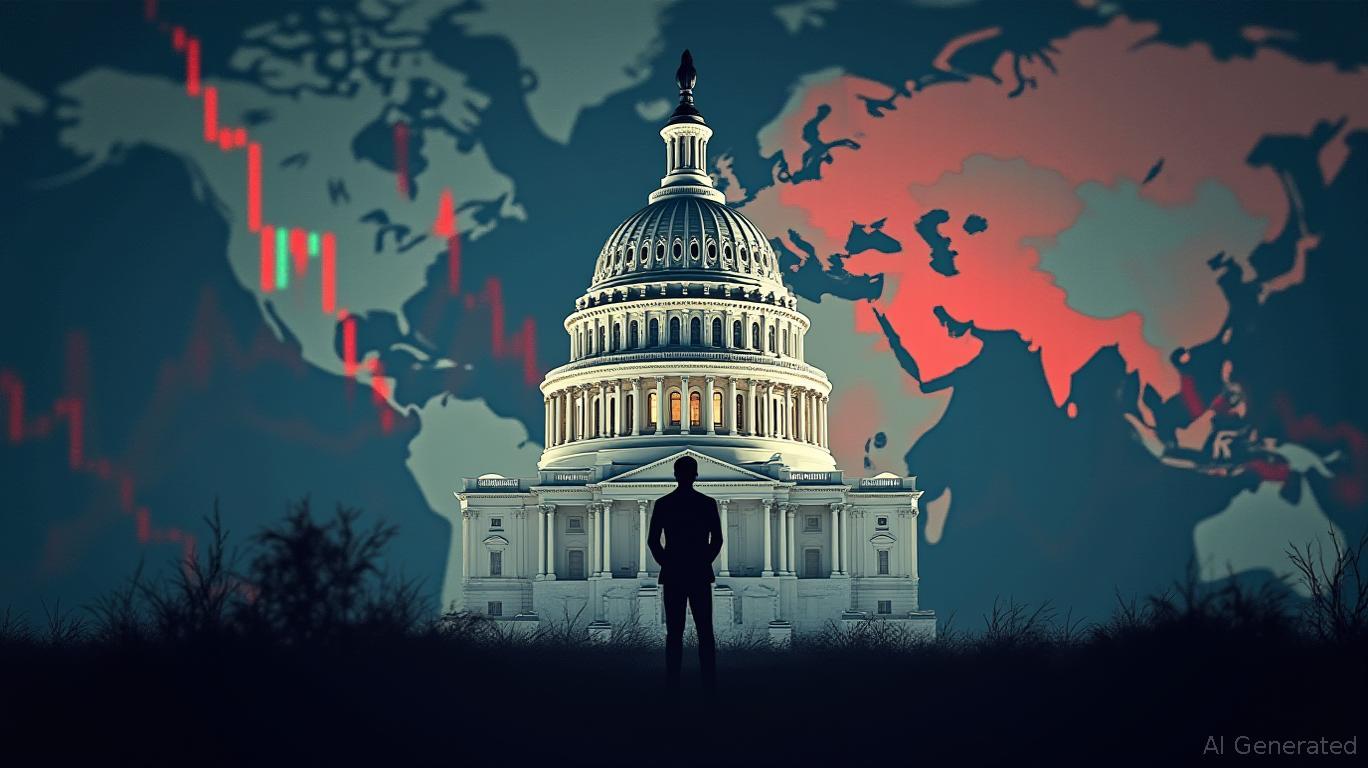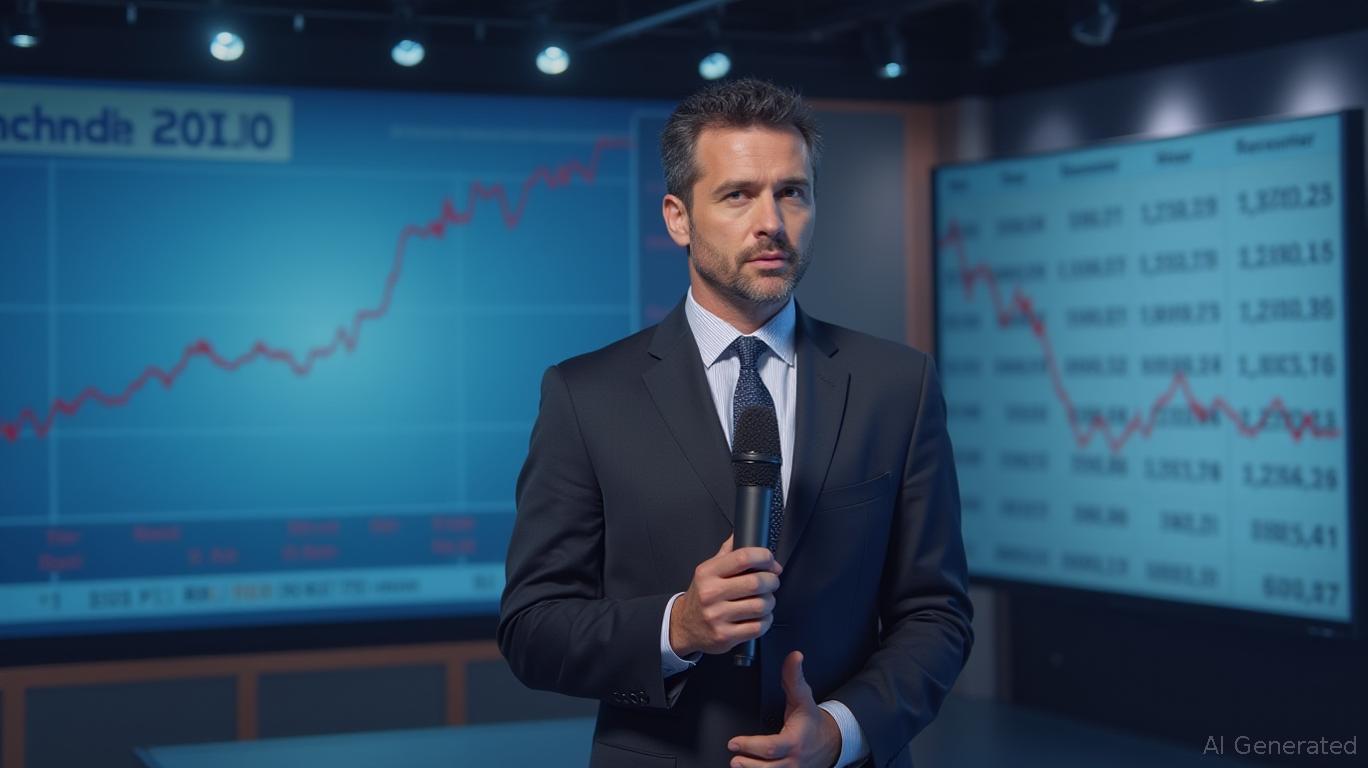Germany's Inflation Eases to 2.1% in April: A Fragile Balance Amid Sectoral Shifts
The German economy has long been a bellwether for European financial markets, and its inflation dynamics continue to shape investment strategies. In April 2025, the Federal Statistical Office reported a further easing of inflation to +2.1% year-on-year, down from March’s +2.2%. While this marks a positive step toward the European Central Bank’s (ECB) 2% target, the underlying drivers—falling energy costs, persistent food inflation, and elevated services prices—paint a complex picture for investors.

The Drivers of April’s Inflation: A Sectoral Divide
The April decline was driven by a 5.4% year-on-year drop in energy prices, with motor fuels and heating oil leading the decline. This reflects global oil market dynamics, including oversupply concerns and weaker demand. Meanwhile, food prices rose 2.8% year-on-year, moderating from March’s 3.0% but still above early 2025 levels. Services inflation, however, surged to +3.9%, the highest since late 2024, driven by healthcare, housing, and transport costs.
The decline in energy prices aligns with a 29% annual drop in Brent crude (from $83 to $59 per barrel in April), though monthly volatility remains. This has been a critical factor in easing inflationary pressures but also underscores exposure to global commodity cycles.
Core Inflation: The Elephant in the Room
While headline inflation dipped to 2.1%, core inflation (excluding food and energy) rose to +2.9%, reflecting persistent price pressures in services. Housing rents, healthcare, and insurance costs are key contributors, with net rents alone increasing +2.1% year-on-year. This suggests that even as energy prices moderate, structural factors like labor shortages and demand for urban housing are keeping inflation sticky.
Healthcare services rose +6.5% year-on-year in March, while urban rents grew +2.1%, indicating that sectors tied to labor costs and urban demand remain inflationary hotspots.
ECB Policy: A Tightrope Walk
The ECB faces a dilemma: inflation is near target, but core inflation’s resilience and geopolitical risks (e.g., U.S. tariffs on German automakers) complicate the path to rate cuts. A +2.1% inflation rate leaves room for easing, but the central bank may adopt a “wait-and-see” approach.
The ECB’s deposit rate has been frozen at 3.75% since July 2023, and markets now price in a ~50% chance of a 25-basis-point cut by year-end, contingent on inflation staying below 2.5%.
Investment Implications: Navigating Sectoral Risks
- Energy Stocks: Utilities and oil majors may underperform in the short term as prices remain depressed. However, geopolitical risks (e.g., Russia-Ukraine war) could trigger volatility.
- Healthcare and Real Estate: Sectors like healthcare (e.g., Fresenius Medical Care) and urban real estate (e.g., Vonovia) are inflation hedges, but rising unemployment (up to 4.3% in Q2 2025) could dampen demand.
- Bond Markets: A potential ECB rate cut would boost bonds, but short-term yields remain elevated due to inflation uncertainty.
- Equity Markets: The DAX index has underperformed global peers in 2025, down -3.2% year-to-date, reflecting trade policy risks and weak exports.
Risks to the Outlook
- Trade Tensions: U.S. tariffs on German automakers (up to 25%) could disrupt supply chains and raise input costs.
- Labor Costs: With wage growth at +3.4% year-on-year, sustained services inflation may pressure corporate margins.
- Housing Bubble: Urban rents are rising faster than wage growth, risking affordability crises and social unrest.
Conclusion: Caution Amid Modest Relief
Germany’s April inflation rate of 2.1% offers hope of a return to the ECB’s target, but the path remains fraught with sectoral imbalances. Investors should focus on defensive sectors like healthcare and utilities while hedging against energy volatility. The ECB’s next move hinges on whether core inflation retreats—a 50-50 bet at best. As the data shows, +2.9% core inflation and +3.9% services inflation are red flags that the disinflationary journey is far from over.
The bottom line: Germany’s economy is cooling, but not collapsing. Investors should prioritize flexibility, monitor ECB signals, and brace for continued sectoral divergence. The next few months will determine whether April’s dip is the start of a downward trend or a fleeting respite.













